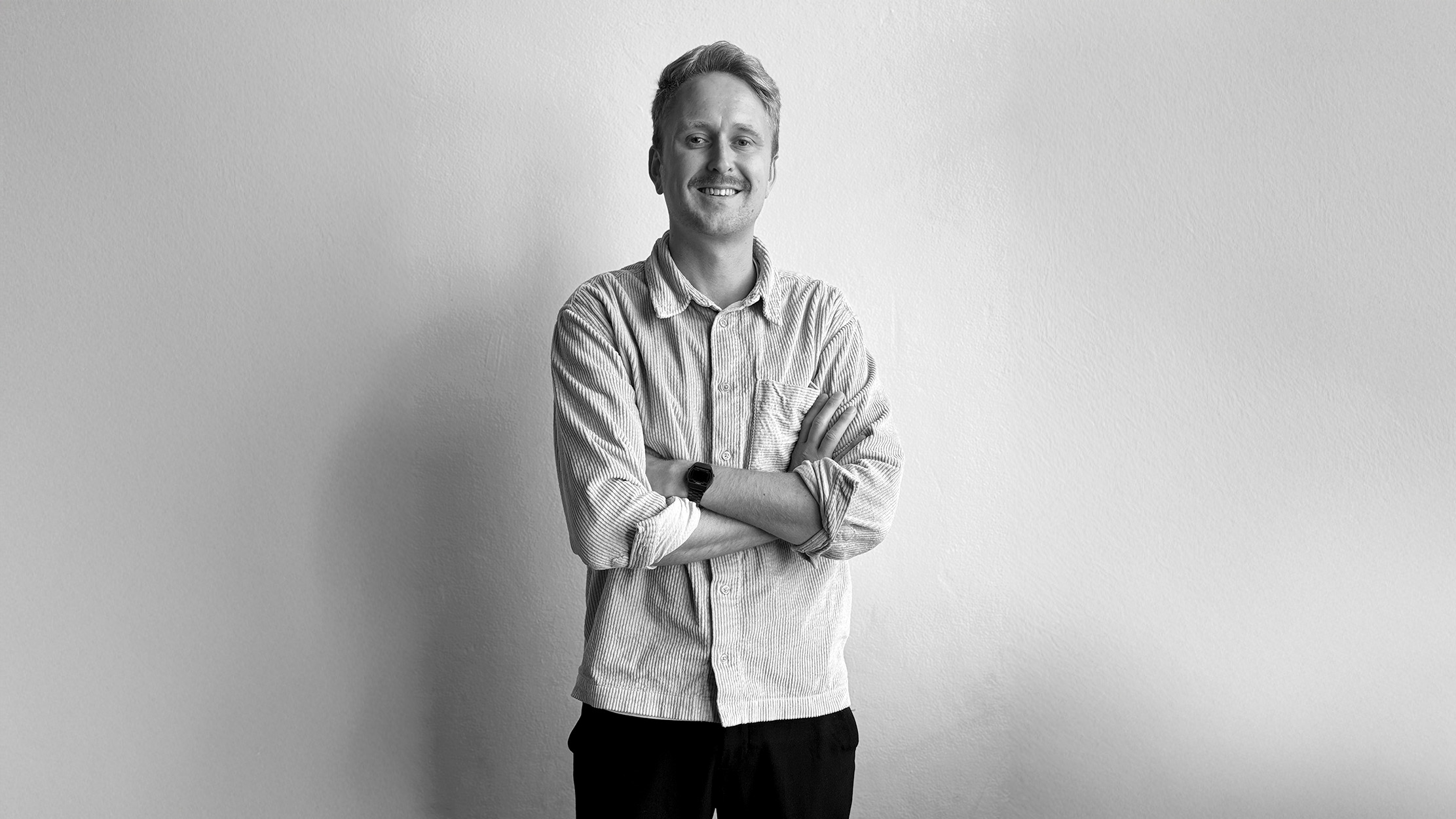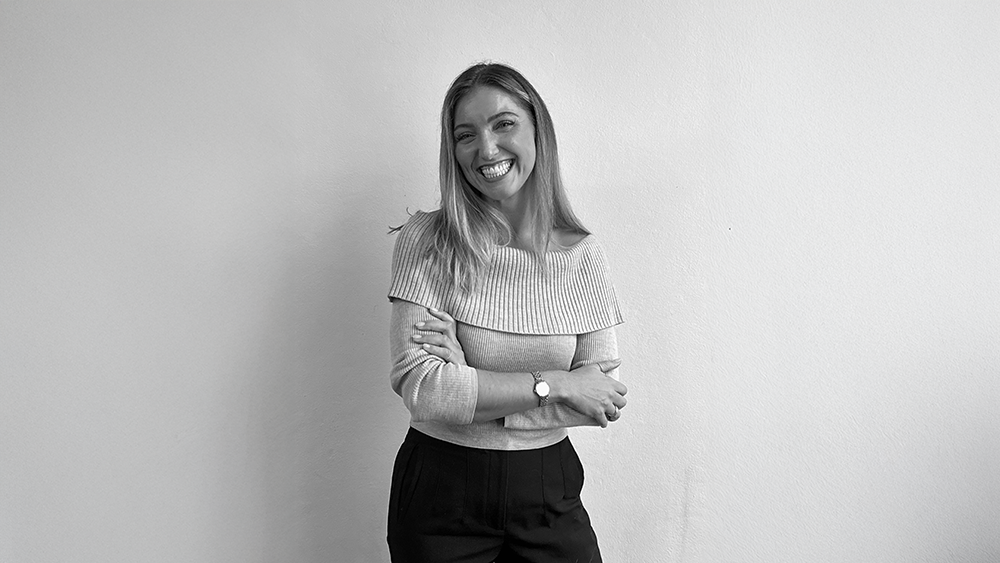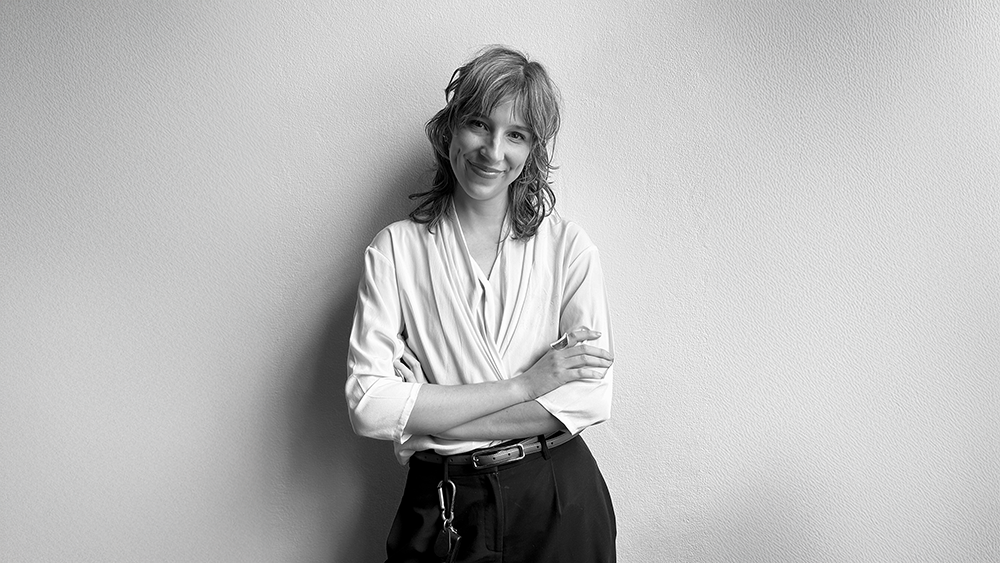Meet Our Members: Daniel Ting Chong, Branding Designer
Introduction
Branding designer Daniel Ting Chong has built a career shaped by intention, independence, and a deep belief in the power of visual language. His journey spans two continents, countless collaborations, and a creative philosophy grounded in clarity and impact.

Daniel describes himself as “an independent branding designer originally from Cape Town, South Africa and now living in Sydney, Australia,” though that simple description barely hints at the scale and depth of his work. He collaborates closely with founders and a small selection of global clients — names like Nike, PUMA, The New York Times, Red Bull, and Diesel — all from what he calls “a lean studio (of one).”
Depending on the project, he brings in animators, illustrators, and developers, expanding and contracting his team fluidly to fit the work. Most of what he does sits across brand strategy and identity systems, rolled out through packaging, digital products, retail, and apparel. The through-line is intentionality: every system is built to function cohesively across mediums, and every detail has a reason to exist.
Daniel’s path into this role began 15 years ago, when he decided to go independent after working for a design studio in Cape Town. The shift wasn’t impulsive — it grew from a realisation about how he wanted to create. “Over time, I realised I wanted a more direct connection with clients and control over the creative process,” he explains. That clarity led him to a defining approach in his practice: presenting single identity directions. For him, this method has been “both creatively freeing and impactful,” allowing him to pursue ideas with focus and conviction rather than diluting the work through option overload.
Among the many projects he’s been part of, one rises above the rest for its purpose and social resonance. Super Stoma, founded in Dubai, supports children who have undergone stoma operations by providing caregivers and parents with resources and knowledge. “Since launching at the Baby Expo in Dubai, it’s impacted over 60 children and has been endorsed by Kings Hospital as well as leading surgeons and wound specialists.” For Daniel, the project reinforces what design can be at its best — not just beautiful or clever, but genuinely meaningful.
His interest in design stretches back to childhood, growing up in South Africa “always drawn to how visual language could both reflect and reshape culture.” The idea that design could shift understanding or open perspectives wasn’t abstract — he experienced it firsthand. In high school, a pivotal moment came when his design teacher asked the class to create something commercially viable
“I was in Standard 8 (Year 10), and together with two classmates, we built a digital magazine called I Eat Soup,” he says. Created in Macromedia Flash, it allowed readers to consume content while listening to music created by kids their age. The project was picked up by Bread and Butter in Cape Town and Johannesburg and sold a few hundred copies. The impact was life-changing. “That experience was the moment I knew I wanted to dedicate my life to something creative.”
That clarity deepened when he discovered branding. “I’ve always known I wanted to do something creative. I felt clarity when making or designing something,” he explains. But it wasn’t until he started working on brand identity projects that everything clicked. “I love that branding sits at the intersection of logic and emotion. It’s not just about making something aesthetically pleasing, but more so about creating value, building narrative, and having an impact in the world.”
One of the most significant milestones in his life came when he relocated his entire studio — and life — from South Africa to Australia. “Rebuilding a creative practice in a new country has been the toughest project to date,” he says. Yet over time, he could see the continuity: “The groundwork, discipline, and resilience implemented back in South Africa has carried over. The systems, relationships, and values that shaped my business in South Africa continue to sustain here and have made the transition not just possible, but meaningful.” Speaking at The Design Conference in Brisbane last year became its own moment of closure and celebration — a rare pause to reflect on how far he’d come.

If he had to choose a highlight purely from a design perspective, his collaboration with PUMA stands out. They commissioned him to design two sneakers, along with the packaging and campaign rollout — a rare opportunity to see a brand system expressed through so many tactile layers.
Outside of the studio, Daniel’s goals for 2024 are grounded and personal: “Build connections, try Fairy Bread, be more present, slow down, and provide the best opportunities and environment for my family.” He’s also nurturing a business partnership back in South Africa with a client and friend, aiming to build a print production company focused on highly curated packaging and management — a natural extension of the meticulous, craft-driven thinking that shapes his design work.
As part of getting to know our members more deeply, we always love uncovering the fun, human details that make each person who they are. For Daniel, one of those fun facts is that he’s ambidextrous. “I write, draw, and eat with my left hand, but my right hand is dominant for basketball, using scissors, and a mouse.” He also shares that he is third-generation South African Chinese, adding, “I’m actually more fluent in Afrikaans than Mandarin,” a detail that often surprises people and always sparks conversation.
The best advice he has ever received is characteristically straightforward: “You can choose to work hard, or choose not to work hard.” His own advice to emerging designers mirrors his values — “Design with intention, listen deeply, and make time to experiment.”
When asked what he’s curious about right now, his answer reveals a designer thinking several steps ahead. “I’m curious about how branding can intersect with software in more playful, participatory ways,” he says. He imagines identities that “don’t just live in guidelines but become tools people can interact with and evolve themselves.” He’s interested in breaking down traditional systems, exploring how rules can generate work that feels more organic, adaptive, and alive — a direction many designers are only beginning to explore.
That curiosity extends to his tools as well. Daniel spent more than a decade working almost entirely in Adobe software, but everything shifted in the past two years. “I’ve moved my entire workflow to Figma,” he explains. “It’s not conventional practice, but I do all my packaging and editorial work there and then reimport into Adobe to set up print production files.” Illustrator still plays a key role for crafting precise wordmarks and brandmarks, but Figma has become the central hub. “I find Figma smarter and easier for managing and executing large brand systems across different mediums.” Designers reading his process will understand how significant that shift is — not just a tool preference, but a philosophy of working.
Although he hasn’t explored every corner of Darlinghurst yet, Daniel already has a favourite spot: AP Bread & Wine on Burton Street. “Great coffee and solid pastry offering,” he says, which is often all a designer needs to start a good workday.
Here in the space, Daniel has found something essential: community. “I love that Desk Space feels like a family — the community is kind, earnest, and full of good energy on every floor.” He spends much of his time here, so that sense of connection matters deeply. “I’ve met some incredible and talented people here,” he says, and adds that the facilities make it an easy place to run his studio day-to-day.
For new members, his advice is generous and grounded in his own experience: “Don’t be shy (I’m extremely shy). Say hello to someone in the kitchen or along the staircase, sign up for a lunch and learn, and please make sure to learn how to make coffee on the Moccamaster. It’s low-pressure and you’ll always meet someone unexpected and build a connection.”
If he weren’t a designer, Daniel thinks he’d still be close to the world of sport. “Growing up, I played a lot of sports and have always been connected to it, even through design. If I wasn’t a designer, I probably couldn’t make it as a pro athlete, but maybe I’d be a physio or something in that world. I’m not smart enough for that either, so maybe just a water boy.”
His recommendations? For books, “The A24 Screenplay Book Series by Actual Source is phenomenal.” For film, he points to Her by Spike Jonze — a story that feels “more relevant than ever with where we are now in relation to AI.”
We’re so happy and honoured to have talented creatives like Daniel in our community. His generosity, curiosity, and dedication to his craft make our space stronger, and we love seeing the work he brings to life here every day.
If you’d like to get in touch with Daniel or explore more of his work, you can find his website here.



































